Daniela Perez
BEHAVIOURAL ECOLOGY & EVOLUTION
Copyright: Artwork Felina Russ, Merz Akademie; Photo Elisabeth Böker, CASCB, Universität Konstanz
Copyright: Artwork Felina Russ, Merz Akademie; Photo Elisabeth Böker, CASCB, Universität Konstanz
I am a biologist interested in the evolution of the fascinating diversity of animal behaviours that we see in nature. How does social, life-history and environmental factors shape the evolution of a mesmerizing range of sexual signals, extended phenotypes, and collective movements that we observe across animal species? To address such a complex question, I use key study species and combine theoretical and empirical approaches. I harvest my data from all available sources, such as online databases, museum collections, and global collaborations to perform macroevolutionary research. I also design experimental research to test and propose theories for the adaptive meaning and evolution of behaviours.
I am now a postdoctoral researcher at the Genes and Behavior lab working with collective behaviour in nematodes. Currently, I am developing a project to understand the adaptive meaning of exceptional although poorly explored 3D collective phenomena.
Some animals finely coordinate behaviours in large aggregations. A notable example of this is the aggregations formed during swarming movement and towering in roundworms (Caenorhabditis elegans). We manipulate the social contexts and the genetic makeup of these animals to unveil the adaptive meaning, and the core mechanisms and conditions that lead to complex collective group decisions.
CURRENT COLLABORATION: SERENA DING, YOUNJAE KANG, NARCIS FONT MASSOT, NAZLI HASSANPOUR, EMMA RUSCONI CLERICI

Aggregation of C. elegans worms expressing GFP

White-winged chough sitting in its mud nest. Photo credit: Damien Esquerré
Bird nests can show an incredible diversity of shapes and materials. We are interested in investigating the factors that may be driving this diversification.
CURRENT COLLABORATION: ILIANA MEDINA, LILIAN MANICA
Bird species that display in Lek are under substantial pressure to attract the opposite sex. By using a macroevolutionary approach, we are investigating if under stronger sexual selection signals evolve to be more complex and repeatable.
COLLABORATIONS: RAFAEL FRATONI, LILIAN MANICA

Chiroxiphia caudata males displaying to a female Photo credit: LECO

Lovely manakins. Current research with Lilian and Rafael.
Postdoctoral researcher
Genes & Behavior lab
Max Planck Institute of Animal Behavior
Germany

2021: Postdoctoral researcher, Max-Planck Institute of Animal Behavior. PI: Dr. Serena Ding
2020 - 2021: Postdoctoral researcher and postdoctoral fellow, Universidade Federal do Paraná. PI: Dr. Lilian Manica
2017 - 2019: Postdoctoral research assistant and officer, The Australian National University. PI: Prof. Patricia R. Y. Backwell
2013 – 2017: PhD; Evolution, Ecology & Genetics, The Australian National University. PI: Prof. Patricia R. Y. Backwell
2010 – 2012: Master of Science; Zoology, Universidade federal do Paraná, Brazil. PI: Dr. Marcio R. Pie
2005 – 2009: Bachelor of Science; Biological Sciences, Universidade Federal do Paraná, Brazil
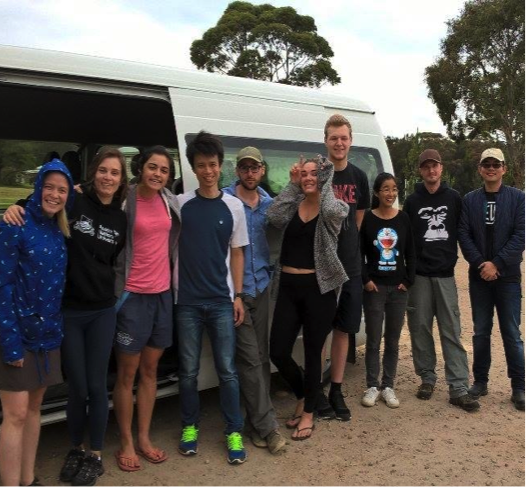
My behavioural ecology students and I 2016 :)
2020: Universidade Federal do Paraná, Tutor, Macroevolution and Behavioural Ecology
2016-2017: Australian National University, Demonstrator, Biol1003: Evolution, Ecology & Genetics
2016-2017: Australian National University, Tutor, Biol3132: Field Studies of Behavioural Ecology
2016: Australian National University, Demonstrator, Biol1008: Human Biology
2011: Universidade Federal do Paraná, Undergraduate student instructor, A BZ025: Ecology II
2024: Travel grant - Centre for the Advanced Study of Collective Behaviour
2023 -2025: Alexander von Humboldt Fellowship, Germany.
2020: Young talent Fellowship - Brazilian Federal Foundation for Support and Evaluation of Graduate Education - CAPES.
2017: Travel grant - The Association for the Study of Animal Behaviour Student travel award.
2016 - 2017: Research grant - The Holsworth Wildlife Research Endowment - Equity Trustees Charitable Foundation.
2016: Travel grant - Vice-chancellor's travel grant, higher degree research, The Australian National University.
2016: Travel grant - ANU Travel Grant, higher degree research students, The Australian National University.
2014: Best poster - ASSAB Conference - Katoomba, NSW, Australia.
2013 – 2017: PhD studentship - The Australian National University PhD Scholarship (International) stipend. The Australian National University HDR Merit Scholarship, tuition.
2010 – 2012: M. Sc studentship - Coordenação de Aperfeiçoamento Pessoal do Nível Superior, CAPES, Brazil.
2008: Best oral presentation - V Brazilian Crustacean Conference - Gramado, Brazil.
2008 – 2009: Undergraduate studentship - Conselho Nacional de Desenvolvimento Científico e Tecnológico, CNPq, Brazil.
Acta Ethologica
Animal Behaviour
Behavioral Ecology and Sociobiology
Ethology Ecology & Evolution
Journal of Ethology
Ethology Ecology and Evolution
Ethology
Journal of Experimental Marine Biology and Ecology
Ibis
Proceedings of the Royal Society B: Biological Sciences
Zoology
22. Medina, I, Dong, C, Márquez , R, Perez, D.M., Wang, I, Stuart-Fox, D. Anti-predator defenses are linked with high levels of genetic differentiation in frogs. Proceedings of the Royal Society B, 291, https://doi.org/10.1098/rspb.2023.2292 (2024).
21. Perez D.M., Manica L.T., Medina I. Variation in nest-building behaviour: a multi-species approach. Philosophical Transactions of the Royal Society B, 378,20220145 https://doi.org/10.1098/rstb.2022.0145 (2023).
20. Klunk, C.L, Fratoni, R.O, Rivadeneira, C.D, Schaedler, L.M, Perez, D.M. Climate and body size have differential roles on melanism evolution across workers in a worldwide ant genus. Oecologia 199(3):579-587. https://doi.org/10.1007/s00442-022-05211-x (2022).
19. Medina, I., Perez, D.M., Afonso Silva, A.C., Cally, J., León, C., Mailet, O. & Quintero, I. Nest architecture is linked with ecological success in songbirds. Ecology Letters DOI: 10.1111/ele.13998 (2022).
18. Perez, D.M., Klunk, C. & Araujo, S.B.L. Imperfect synchrony in animal displays: why does it occur and what is the true role of leadership? Philosophical Transactions of the Royal Society B, 376, 20200339 (2021).
17. Harrison, L., Melo, G., Perez, D.M. & Backwell, P.R.Y. Why signal if you are not attractive? Courtship synchrony in a fiddler crab. Behavioral Ecology, arab088 (2021).
16. Perez, D.M., Gardner, J.L. & Medina, I. Climate as an evolutionary driver of nest morphology in birds: a review. Frontiers in Ecology and Evolution. 8:566018 (2020).
15. Dyson, M.L., Perez, D.M., Curran, T., McCullough, E.L. & Backwell, P.R.Y. The role of claw color in species recognition and mate choice in a fiddler crab. Behavioral Ecology and Sociobiology, v.74:116 (2020).
14. Medina, I., Vega-Trejo, R., Wallenius, T., Esquerré, D., León, C., Perez, D.M. & Head, M. No link between nymph and adult coloration in shield bugs: weak selection by predators. Proceedings of the Royal Society B, v.287 (2020).
13. Perez, D.M. & Backwell, P.R.Y. The functions of multiple visual signals in a fiddler crab. Ethology, v.126, 445-462 (2020).
12. Perez, D.M., Crisigiovanni, E.L., Pie, M.R., Rorato, A.C., Lopes, S.R. & Araujo, S.B.L. Ecology and signal structure drive the evolution of synchronous displays. Evolution, v.74, 434-446 (2020).
11. Perez, D.M. & Backwell, P.R.Y. Male spacing and female choice in a fiddler crab. Behavioral Ecology arz148 (2019).
10. Chou, C-C., Perez, D.M., Johns, S., Gardner, R., Kerr, K., Head, M., Mccullough, E. & Backwell, P.R.Y. Staying cool: the significance of shade availability for tropical ectotherms. Behavioral Ecology and Sociobiology, v.73:106 (2019).
9. Perez, D.M. & Backwell, P.R.Y. Selection for conspicuous signals in a fiddler crab. Behavioral Ecology and Sociobiology, v.73:61 (2019).
8. Bourdiol, J., Chou, C-C., Perez, D.M. & Backwell, P.R.Y. Investigating the role of a mud structure in a fiddler crab: do semidomes have a reproductive function? Behavioral Ecology and Sociobiology, v.72:141 (2018).
7. Rorato, A.C., Araujo, S.B.L., Perez, D.M. & Pie, M.R. Social cues affect synchronization of male waving displays in a fiddler crab. Animal Behaviour, v. 126, 293-300 (2017)
6. Perez, D.M. & Backwell, P.R.Y. Female preferences for conspecific and heterospecific wave patterns in a fiddler crab. Journal of Experimental Marine Biology and Ecology, v. 486, 155-159 (2017)
5. Perez, D.M. Christy, J.H. & Backwell, P.R.Y. Choosing a mate in a high predation environment: Female preference in the fiddler crab Uca terpischores. Ecology and Evolution, v. 6, 7443-7450 (2016)
4. Perez, D.M., Heatwole, S.J., Morrell, L.J., & Backwell, P.R.Y. Handedness in fiddler crab fights. Animal Behaviour, v. 110, 99–104 (2015)
3. Araujo, S.B.L., Rorato, A.C., Perez, D.M. & Pie, M.R. A spatially explicit model of synchronization in fiddler crab waving displays. Plos One, v. 8, p. 1-11 (2013).
2. Perez, D. M., Rosenberg, M.S., Pie, M.R. The evolution of waving displays in fiddler crabs (Uca spp., Crustacea: Ocypodidae). Biological Journal of the Linnean Society, v. 106, p. 307-315 (2012).
1. Perez, D.M., Rebechi, D., Azevedo, K.L., Schreiner, P.G., Mattia, R.C., Slowik, R., Oliveira, O.B. Controversial issues and the argumentation of students of the course of biological sciences. Ensaio: Pesquisa em Educação em Ciências, v. 13, p. 135-150 (2011).
Human societies have grown to better understand the world we live in through building scientific knowledge. Unfortunately, we witness an era of scientific denial, discouraging people to adopt environmentally friendly lifestyles. More than ever before, scientists need to ensure that the output of their research must reach and impact beyond the academic audiences.
I was part of an interdisciplinary partnership between the Merz Akademie, the MPI-AB and the CASCB. Four art students created stunning science outreach projects using the data from my research on fiddler crab wave display diversity and synchrony.
Booklet by Victoria-Luise Scheible; 3D Modelling of the fiddler crab Environment “Cube“ by Isabel Kohlhagen; Virtual reality of fiddler crab burrow by Vivienne Jahn; Interactive installation of fiddler crabs wave displays diversity by Felina Russ
Copyright: Elisabeth Böker, CASCB, Universität Konstanz
I was part of Science meets Street Art, a project to communicate scientific research through art.
It is a real challenge to talk about science with an audience that has limited knowledge of the field. Yet art can easily trigger the imagination, grab attention, instigate curiosity and, if well depicted, also communicate ideas.
The artist James Houl created this incredible and fun street art about my work using robotic crabs.



Photo credits: Andrew Sikorski
I have been involved in several science outreach events including a Netflix nature documentary. I am always open for invitations. Please drop me an email if you need any audiovisual material or if you are looking for someone to give a talk about animal behaviour and other fun animal related subjects!
I am also an artist and I have been involved in a few projects including PhD theses and paper illustrations. I am always looking for more projects to take on and I plan to expand to street art for science outreach. Please get in touch if you are interested in my artwork.


Pythons for Damien Esquerré’s PhD thesis
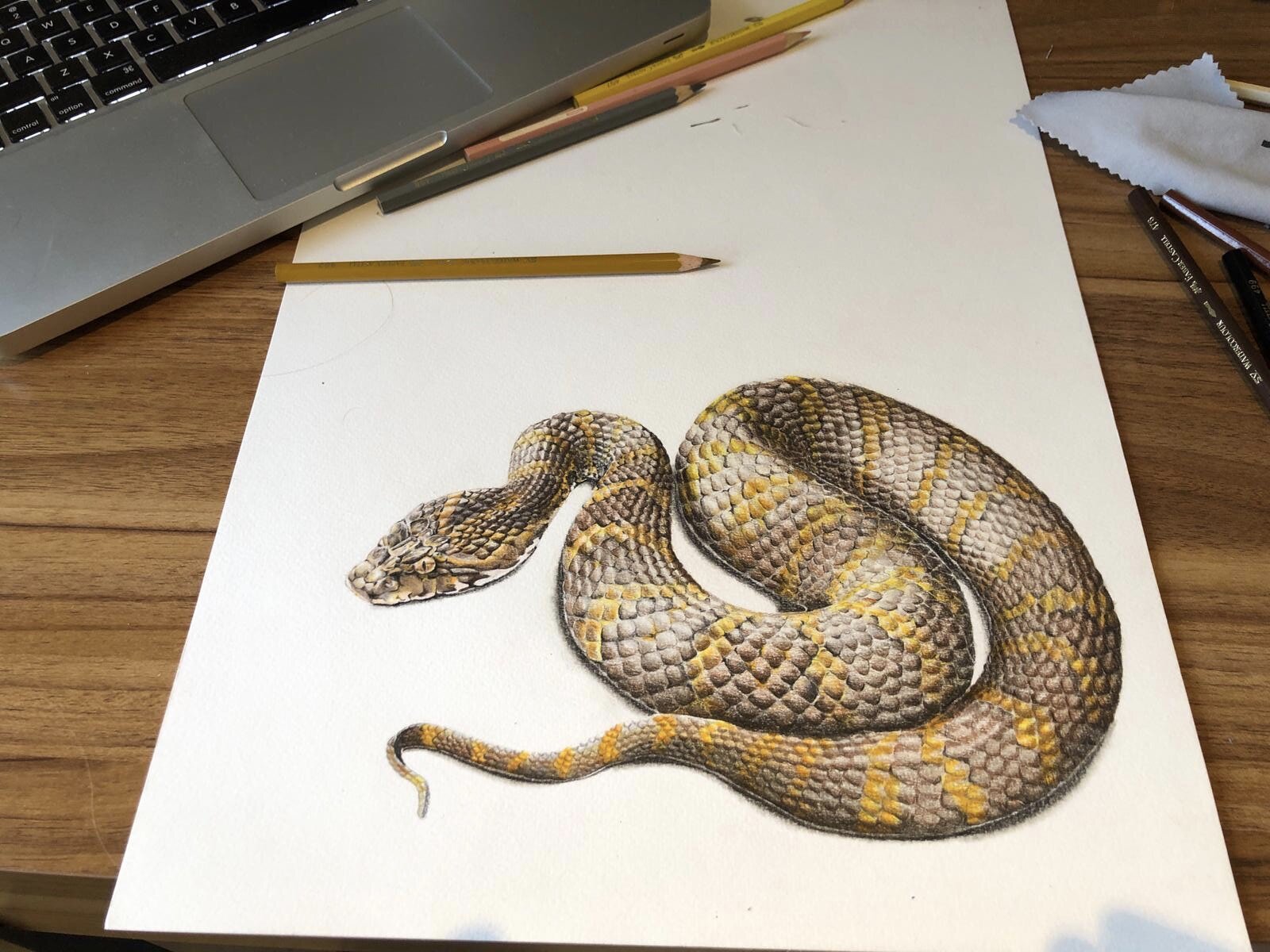
Commissioned work. Death adder

Scutelleridae bugs. Commissioned work for paper illustrations.

Choughs for Constanza Leon’s PhD thesis
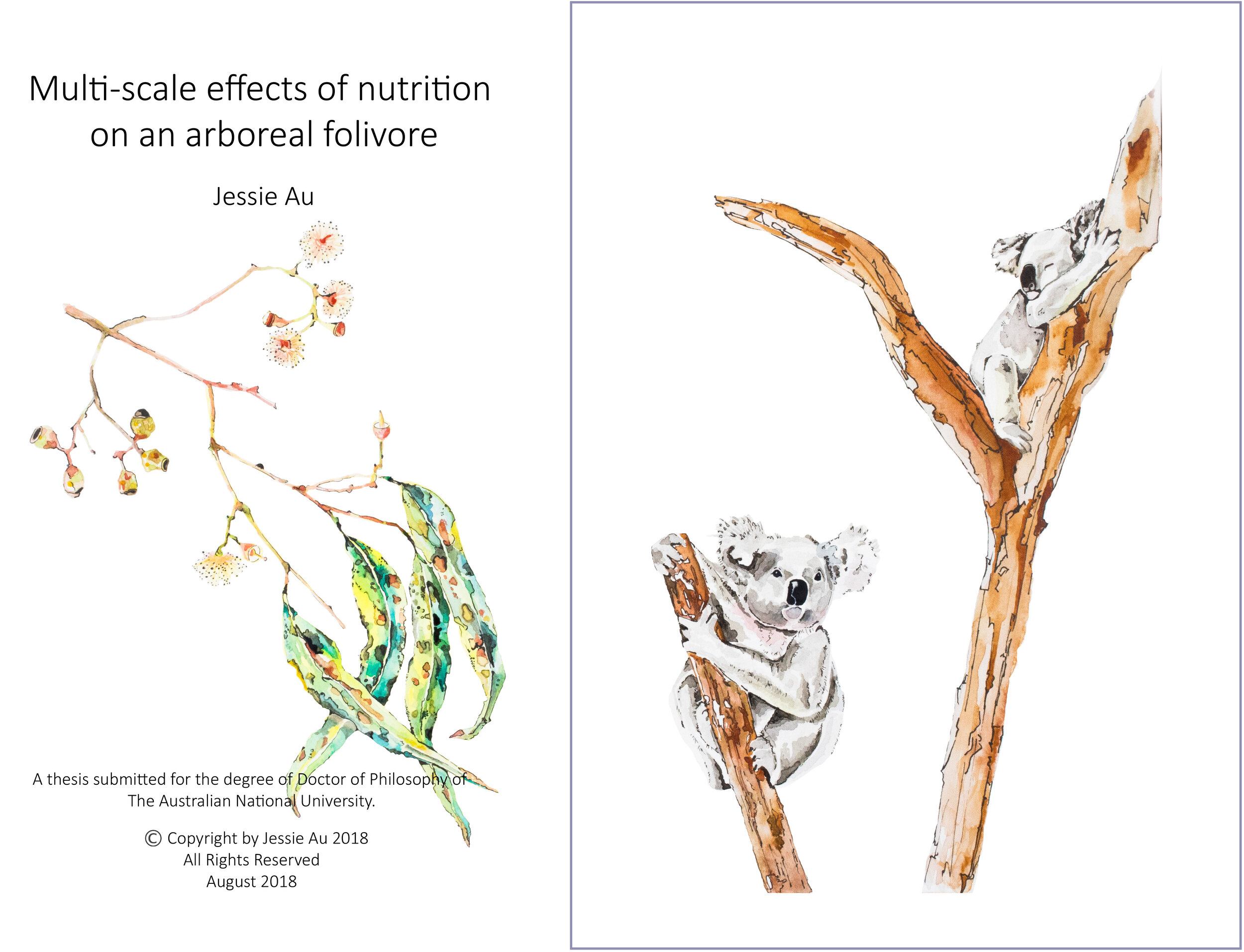
Koalas and eucalyptus leaves for Jessie Au’s PhD thesis
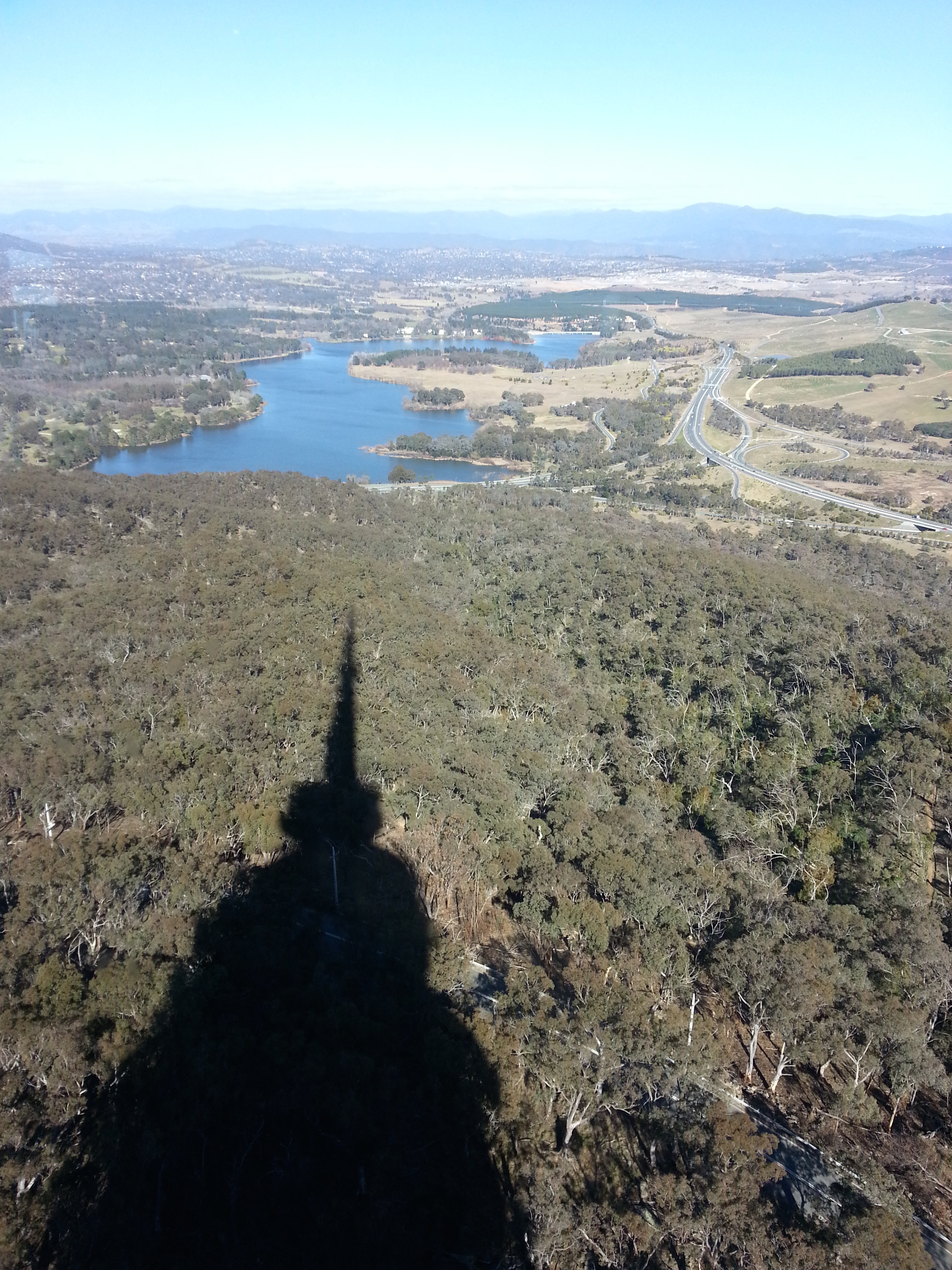
Canberra!!

Frilled-neck lizard in Darwin (NT)

Water monitor at Litchfield National Park (NT)


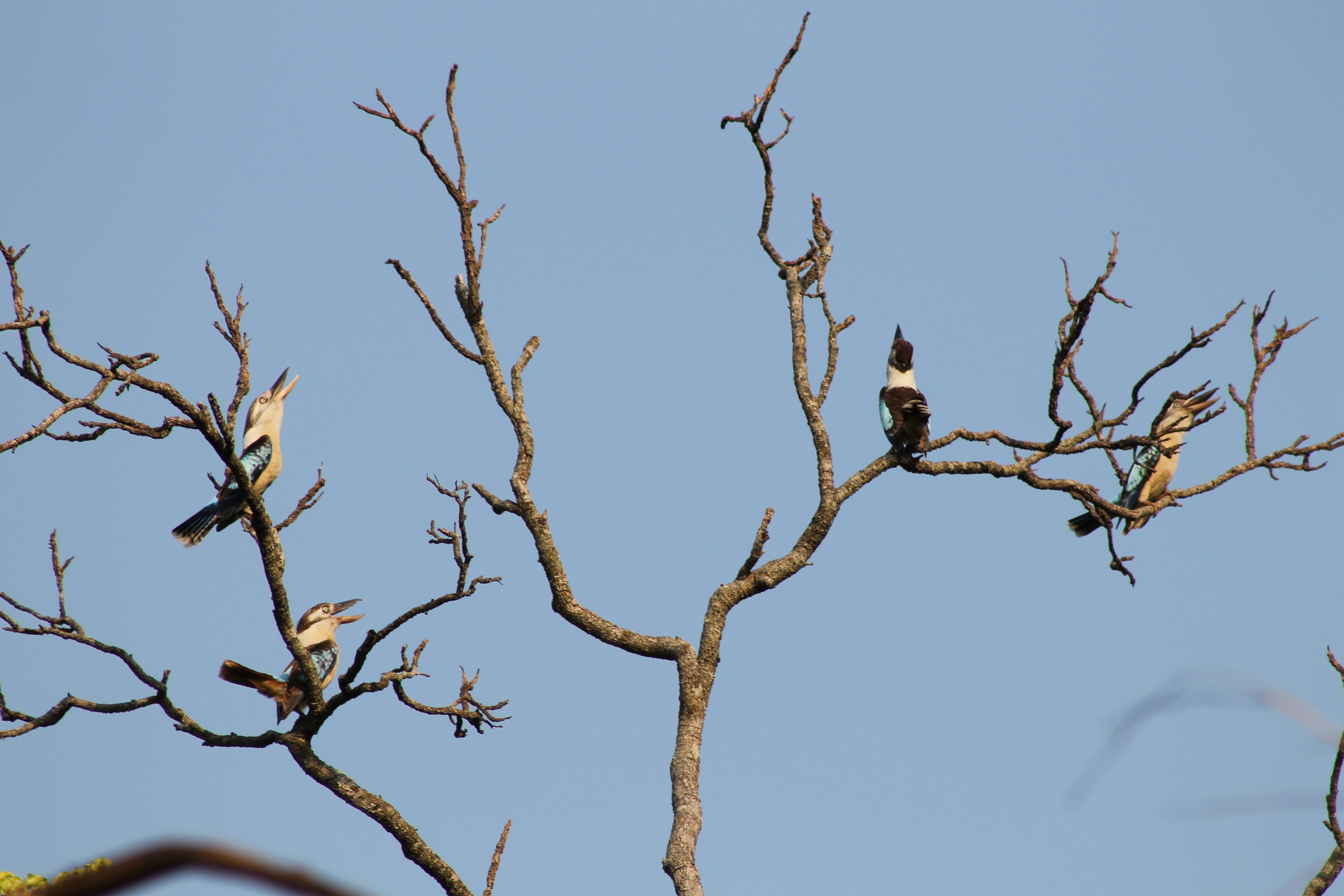


Lazy koala at Tidbinbilla Nature Reserve (ACT)

My favourite spot at Kakadu National Park (NT)
Please see our privacy police using the link: https://www.termsfeed.com/live/5d4bc21c-48ed-4bb8-87e0-913415170f80